What is the tolerance range of precision screws?
What is the tolerance range of precision screws?
Service Hotline
+86760-8787 8587We have more than ten years of production experience in the screw industry, the main products are: brass male screws, ANSIB18. American standard bolts, heavy-duty washers, carbon steel white zinc American K-cap nuts, external tooth lock washers, metric hexagon socket screws, Cross knurled bolts, K-type multi-tooth nuts, GB5287 washers, thin flat spring washers, grade 8 hexagonal thin nuts, screws of various specifications, GBT carriage machine bolts, GB62.2 wing nuts, hexagon head screws and other fasteners , Due to the different materials and specifications of the products, the prices are also different, if necessary, please contact us.


The existing welding stud only has one welding spot on the top surface of the screw head, and the welding stud is relatively long and thick. When welding, the current will be relatively large, so that all the welding spots can be melted to complete the welding process. Because there is only one welding spot, and the welding stud is relatively long and thick, the increase of the current during welding will deform the melting point of the metal plate, which will lead to the penetration of the metal plate, which will lead to the concave and convex welding scars on the back of the welded plate, which will affect the appearance. Only one welding spot is located to be welded with the metal plate. During welding, the uneven parallelism of one spot leads to insufficient stability and a certain slope. It is easy for workers to have insufficient stability and parallelism when operating, resulting in wasted time and high scrap rate. increase.
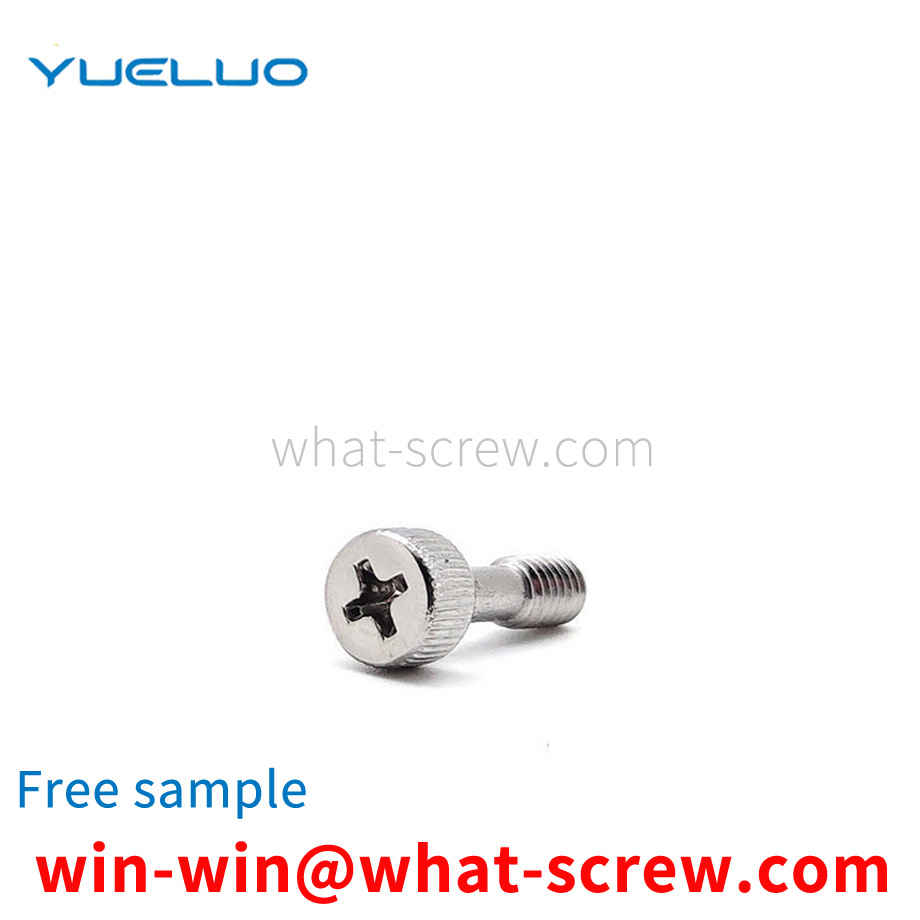
Standard introduction Standard code name Material coating GB/T65-2000 slotted cylindrical head screw steel, stainless steel galvanized passivated or untreated GB/T67-2000 slotted pan head screw steel, stainless steel galvanized passivated or not Treated GB/T68-2000 slotted countersunk head screw steel, stainless steel galvanized passivated or untreated GB/T70.1-2008 hexagon socket head screw steel, stainless steel galvanized passivated or untreated GB/T70 .2-2008 Hexagon socket head screw steel, stainless steel galvanized passivated or untreated GB/T70.3-2000 Hexagon socket head countersunk head screw steel, stainless steel galvanized passivated or untreated GB/T71-1985 Open Slotted taper end set screw steel, stainless steel galvanized passivated or untreated GB/T73-1985 slotted flat end set screw steel, stainless steel galvanized passivated or untreated GB/T74-1985 slotted concave end set screw Screw steel, stainless steel galvanized passivated or untreated GB/T75-1985 slotted long cylindrical end set screw steel, stainless steel galvanized passivated or untreated GB/T77-2000 hexagon socket flat end set screw steel, stainless steel Galvanized passivated or untreated GB/T78-2007 Hexagon socket set screw steel, stainless steel galvanized passivated or untreated GB/T79- 2000 Hexagon socket set screw steel, stainless steel galvanized passivated Or untreated GB/T80-2007 Hexagon socket set screw steel, stainless steel galvanized passivated or untreated GB/T818-2000 Cross recessed pan head screw steel, stainless steel galvanized passivated or untreated GB/ T819.1- 2000 Cross recessed countersunk head screw steel 4.8 grade steel galvanized passivation GB/T819.2- 1997 Cross recessed countersunk head screw steel, stainless steel A2-70, non-ferrous metal CU2 or CU3 steel, stainless steel or non-ferrous metal plated Zinc passivated or untreated GB/T820- 2000 Cross recessed half countersunk head screw steel, stainless steel galvanized passivated or untreated GB/T822- 2000 Cross recessed cylinder head screw steel, stainless steel galvanized passivated or untreated Treated GB/T823-1988 cross recessed small pan head screw steel, stainless steel galvanized passivated or untreated GB/T833-1988 slotted large cylindrical head screw steel, stainless steel galvanized passivated or untreated GB/ T837- 1988 Slotted pan head non-prolapse screw steel, stainless steel galvanized passivated or untreated GB/T838- 1988 Hexagon head non-prolapse screw steel, stainless steel galvanized passivated or untreated GB/T2671.1- 2004 Hexagon socket head low cylindrical head screw GB/T2671.2-2004 Hexagon socket head screw GB/T2672-2004 Hexagon socket head pan head screw steel galvanized passivation GB/T2673-1986 Hexagon socket countersunk head screw steel plated Zinc passivation GB/T13806.1-1992 Fasteners for precision machinery ten Slotted Screws Steel, Copper: H68 or HP59-1 Zinc Passivated or Untreated
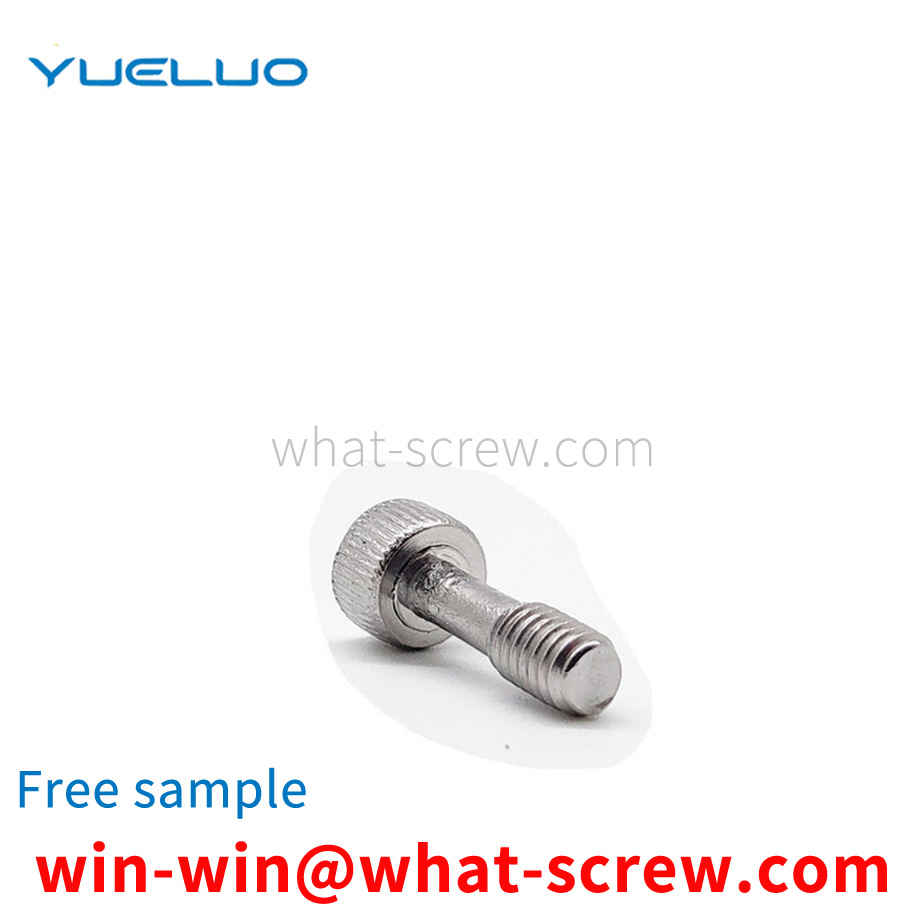
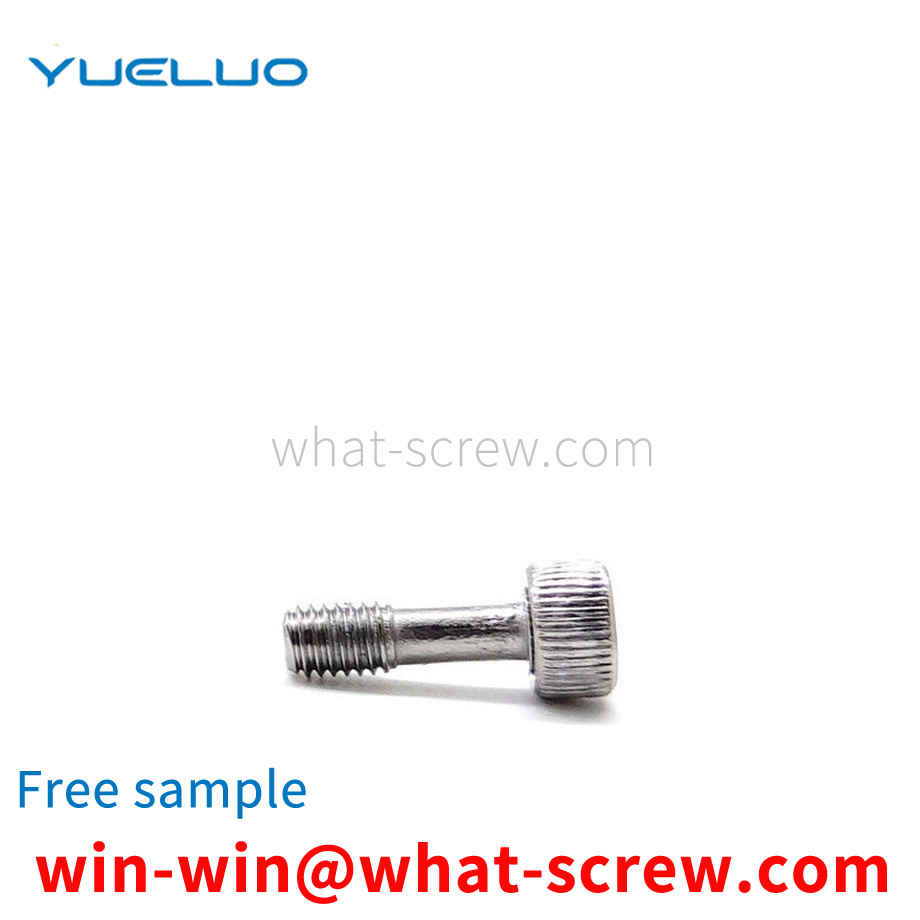
(1) The screw-in performance test is to screw the self-tapping locking screw sample into the test plate until one complete thread completely passes the test without breaking. (2) The destructive torque test is to clamp the stem of the self-tapping locking screw specimen in a thread mold or other device that matches the screw thread, and uses a calibrated torque-measuring device to measure the screw. Torque is applied until fracture, which should not occur in the clamped threaded portion. (3) Carry out a tensile test on the screw sample to check the minimum tensile load for failure. The fracture should be within the length of the rod or the unthreaded thread, and should not occur at the junction of the nail head and the rod. Before the sample breaks, it should be It can reach the minimum tensile load specified by the corresponding performance class. (4) Hydrogen embrittlement is a problem that must be strictly paid attention to in the surface treatment process of self-tapping locking screws. In the pickling process, the screw is stirred in dilute hydrochloric acid, and the amount of hydrogen absorbed by the pickling steel increases linearly with the square root of time and reaches the saturation value. Less than 100%, a large number of hydrogen atoms will be produced, which will be attached to the surface of the screw, resulting in hydrogen infiltration, and the steel will become brittle due to the absorption of hydrogen. The self-tapping locking screw takes 6~8h to drive hydrogen, and the temperature is 160~200℃ (phosphating) and 200~240℃ (electroplating). However, in the production process, the hydrogen drive time should be determined according to many production conditions such as core hardness, surface roughness, electroplating time, coating thickness, pickling time, and acid concentration. It is best to do it before passivation and just after electroplating.
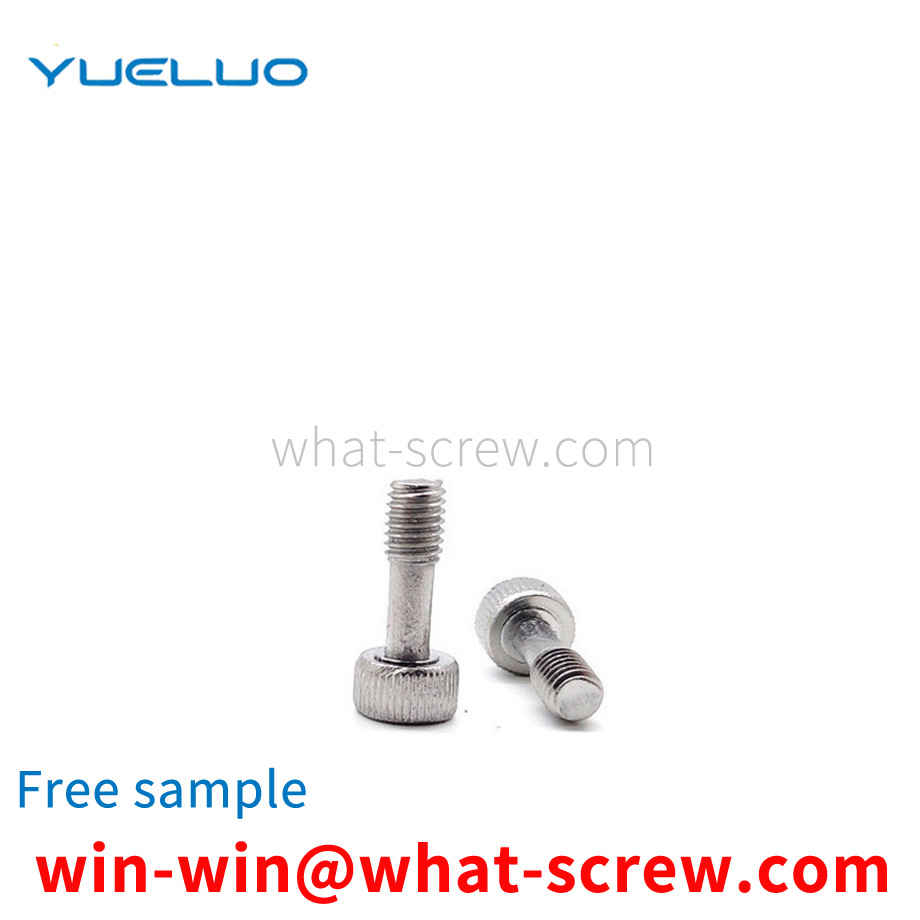
At present, the stopping method of the pin shaft stop pin of the general hydraulic excavator is mainly by using a long bolt to pass through the pin shaft stop sleeve pin hole and the pin shaft pin hole, and then use a double nut on the other end of the bolt to force it away from the pin shaft. The outer circle of the stop sleeve is about 2 3mm away to prevent the bolts and nuts from falling off. Due to the structure in which the double nuts are pressed against each other, the disassembly and assembly efficiency of this pin shaft stop method is not high, and two wrenches are required for each assembly and disassembly, which is extremely troublesome.
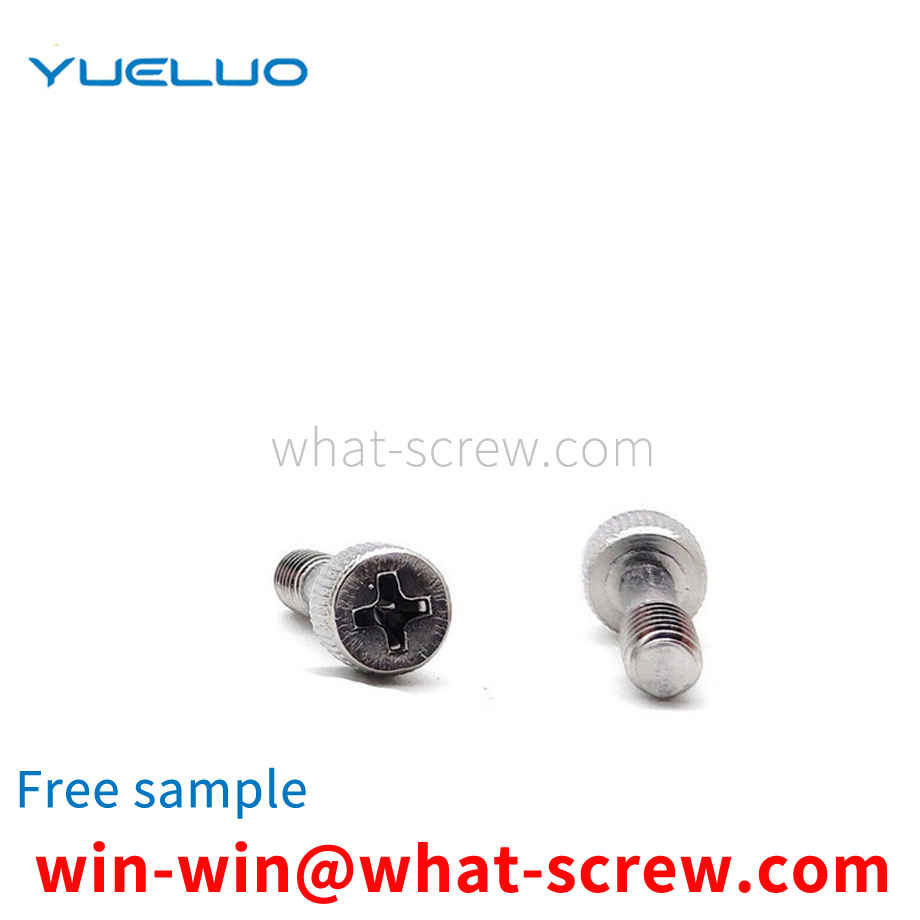
The above content is uploaded by Yueluo or the Internet. If there is any copyright issue, please contact [email protected].

What is the tolerance range of precision screws?

How to choose the right stainless steel screw manufacturer?

Why is there an R angle under the head of the hexagon head s...
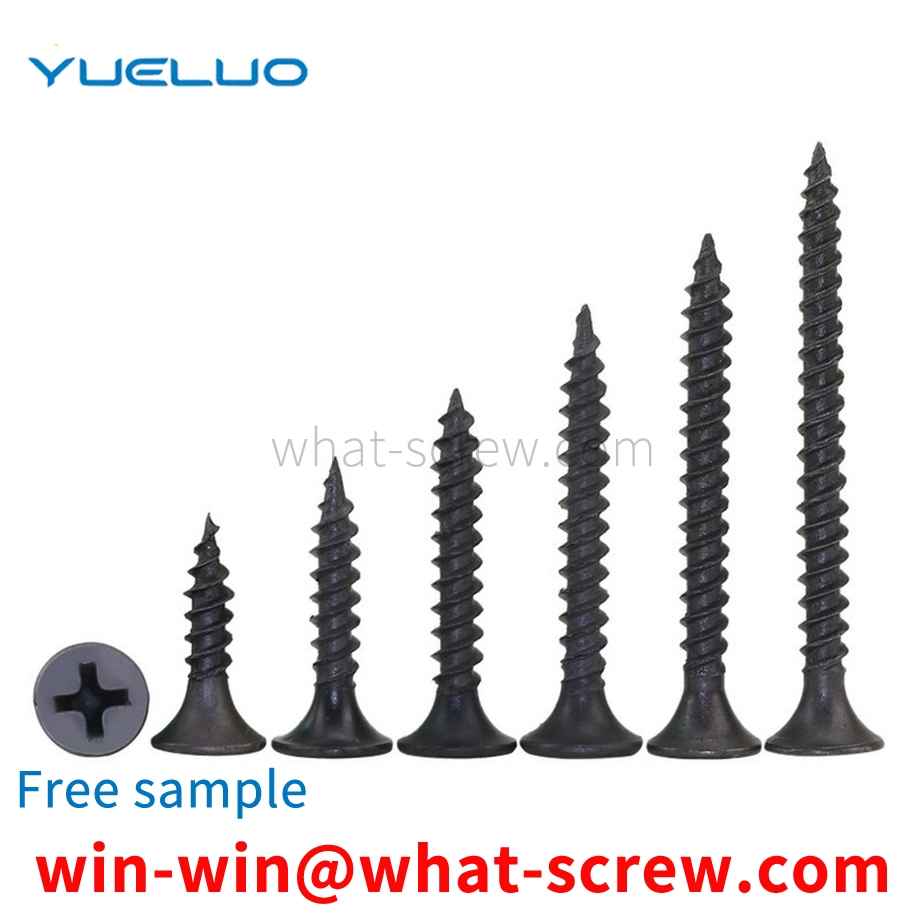
We have more than ten years of production experience in the ...
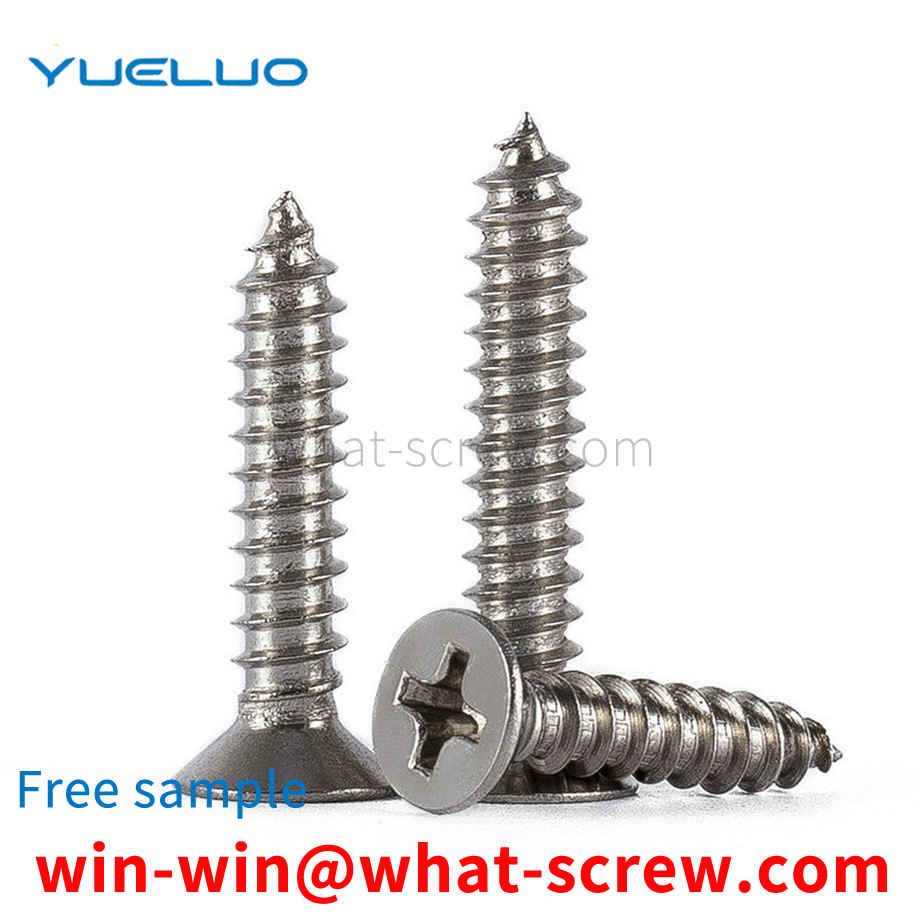
We have more than ten years of production experience in the ...

We have more than ten years of experience in screw industry ...

We have more than ten years of experience in screw industry ...